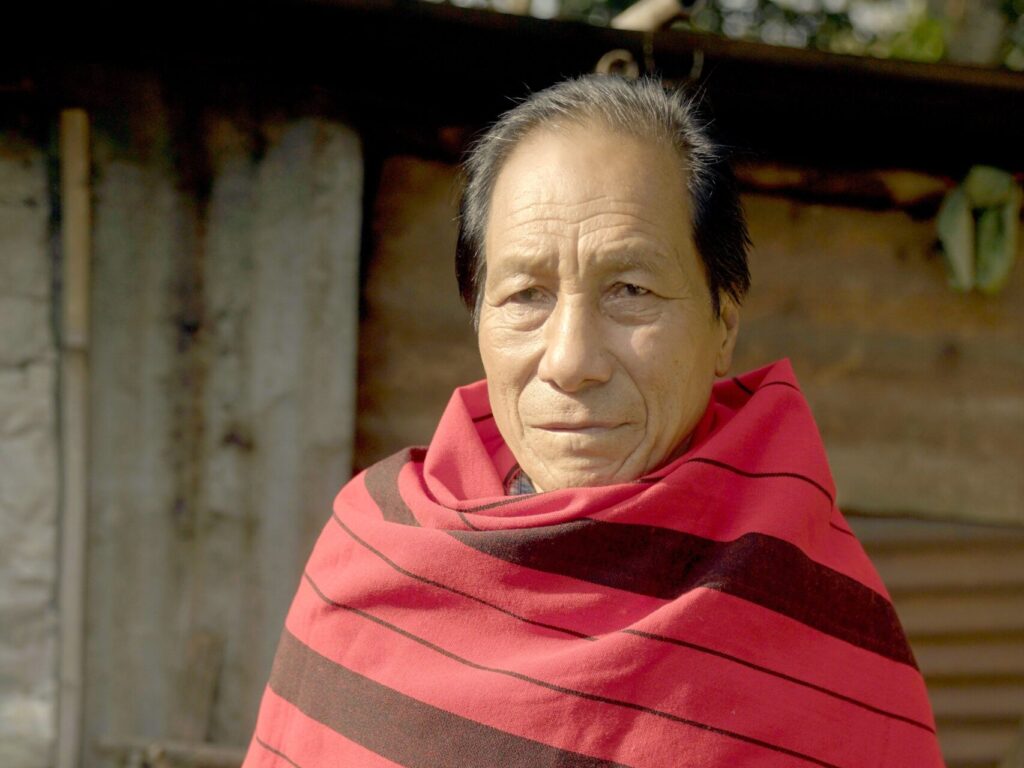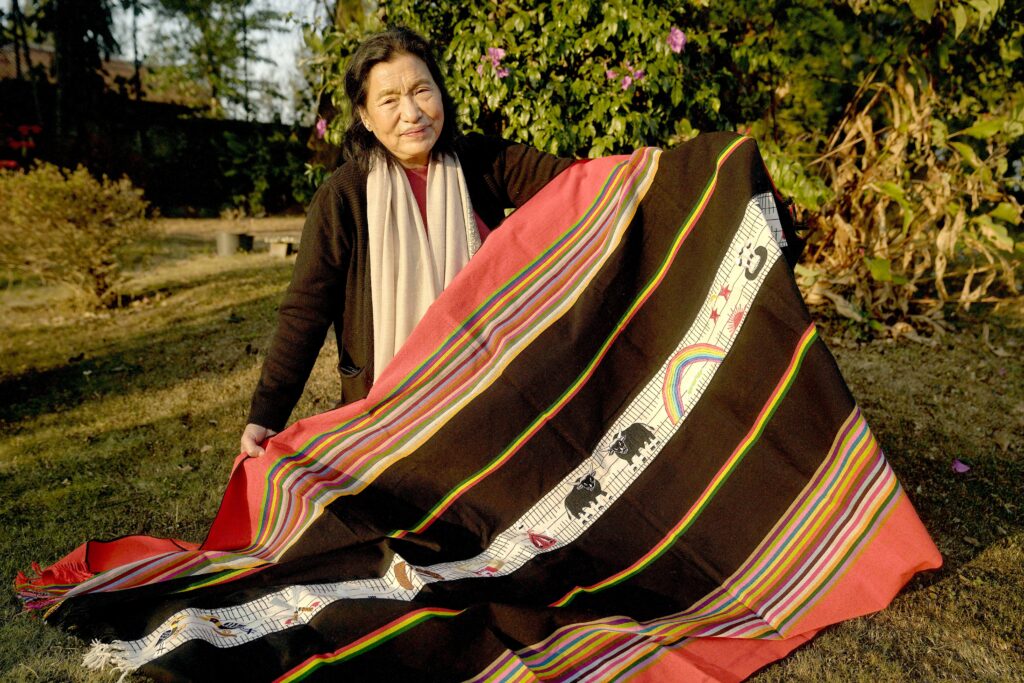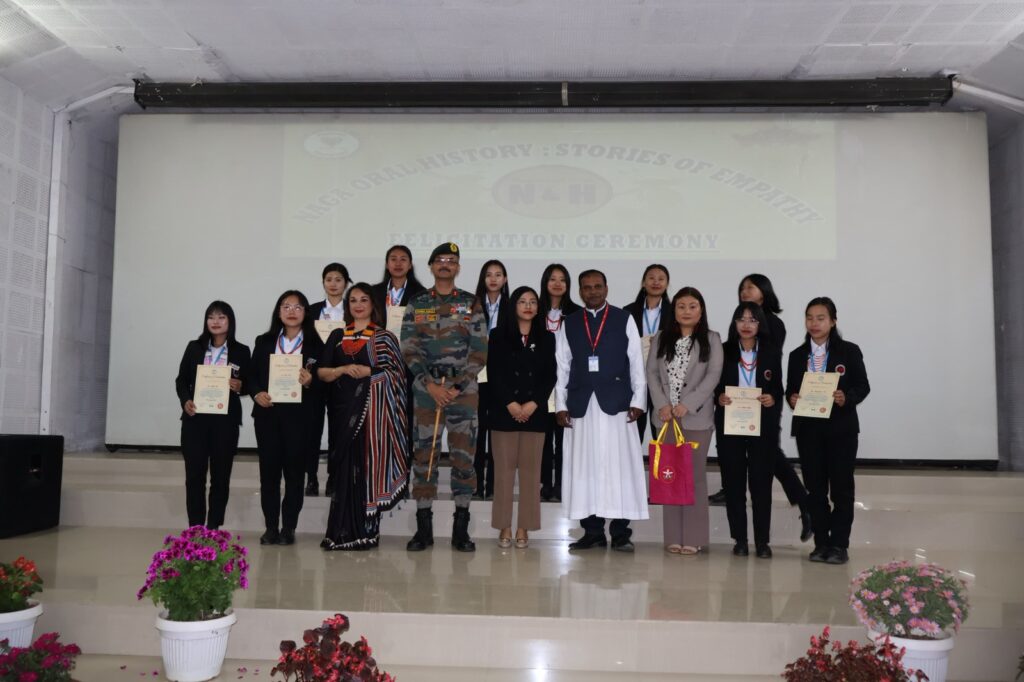A Few Glimpses
WHY NAGA ORAL HISTORY?
The culture in Nagaland is rooted in oral traditions.
Nagaland is home to nearly two million people consisting of 16 constituent major tribes that speak over 89 dialects (mostly mutually unintelligible between two tribes) and are without a common language and script.
Naga is an ethnonym for a group of local cultures settling in the hilly borderlands of Northeast India and Myanmar. During the British rule in India a number of detailed monographs were written by colonial administrators and large archives and object-collections were established in British museums. For a long time these remained to be the only sources on the Nagas, as the region was prohibited area after Indian independence in 1947. In the 50 years of isolation that followed, the lifestyle and culture of the Nagas changed significantly; the Nagas turned from a headhunting society with a rich material culture and a diversified corpus of oral traditions, into a ‘modern’ society marked with the political struggle for independence and having enthusiastically adopted Christian religion.
https://www.marionwettstein.ch/projects/naga-project-zurich/
Transmission of Historical Knowledge: The Naga people have a long and complex history, including traditional practices, social structures, and historical events. Much of this history is not documented in written form. Oral history traditions are crucial for the transmission of historical knowledge, ensuring that the experiences, struggles, and achievements of the past are not forgotten.
Community Identity and Cohesion: The oral traditions of storytelling and folklore contribute to the formation and maintenance of a strong sense of community identity among the Naga people. Shared narratives help bind the community together, fostering a sense of belonging and unity among tribe members.
Spiritual and Ethical Values: Oral traditions often include moral and ethical teachings, as well as spiritual beliefs and practices. These narratives not only provide guidelines for ethical behavior but also contribute to the spiritual well-being of the community. The stories often carry moral lessons and values that are considered essential for maintaining a harmonious society.



















